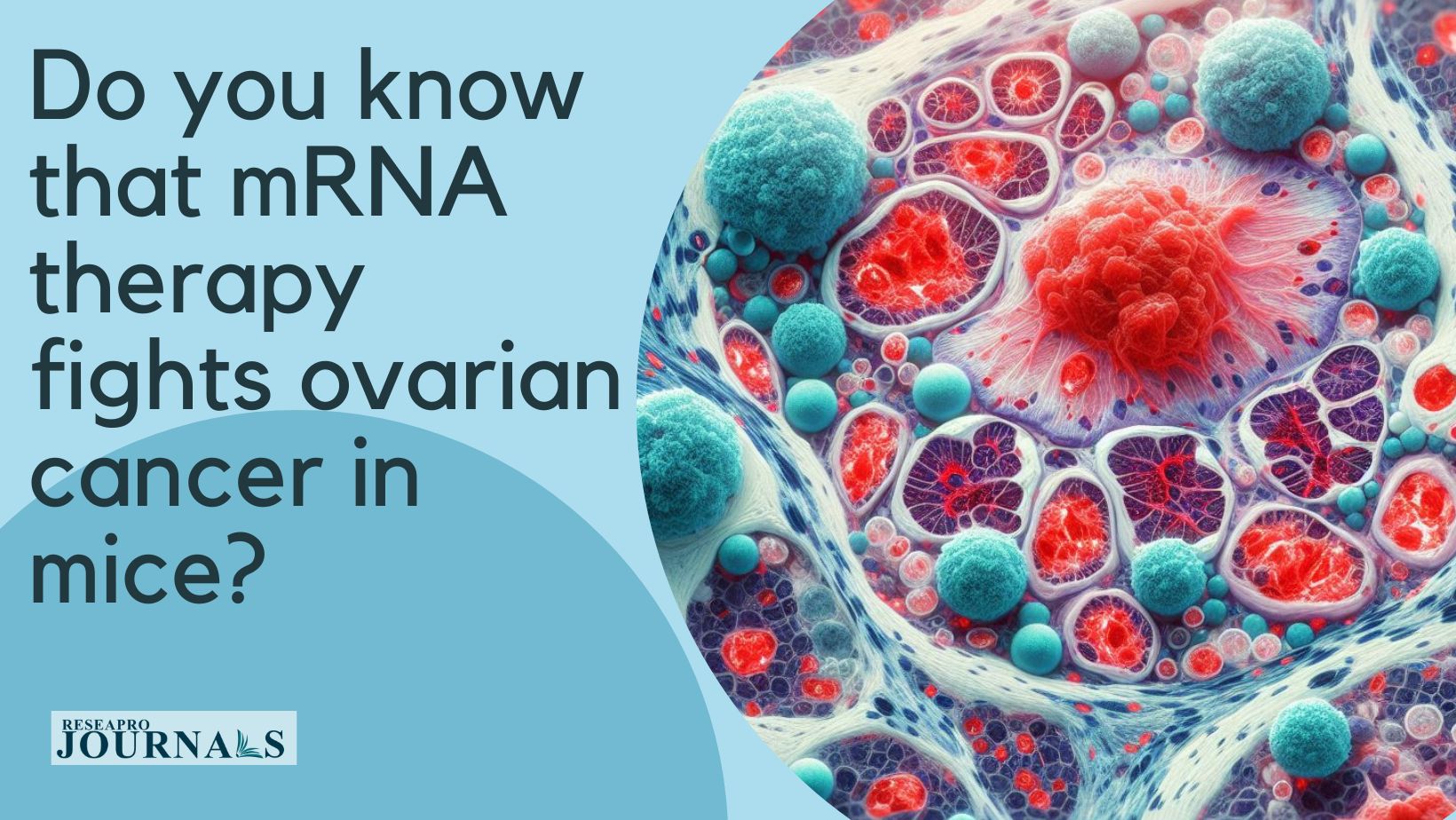
Researchers have developed mRNA therapy targeting the mutated p53 gene in ovarian cancer. They created artificial mRNA encoding normal p53 protein, delivered via liposomes. Tested successfully on human cancer cell lines and patient-derived ovarian tumor organoids in mice, resulting in tumor shrinkage and metastasis elimination. Recent mRNA technology advancements have prolonged mRNA stability and reduced the immune response. Based on Nobel-winning discoveries by Karikó and Weissman, this approach utilizes mRNA’s efficacy demonstrated in COVID-19 vaccines. Clinical translation efforts underway aim to validate its efficacy in ovarian cancer patients. This innovative therapy restores the body’s natural defense mechanism against cancer, offering promising prospects for improved treatment outcomes in ovarian carcinomas.

